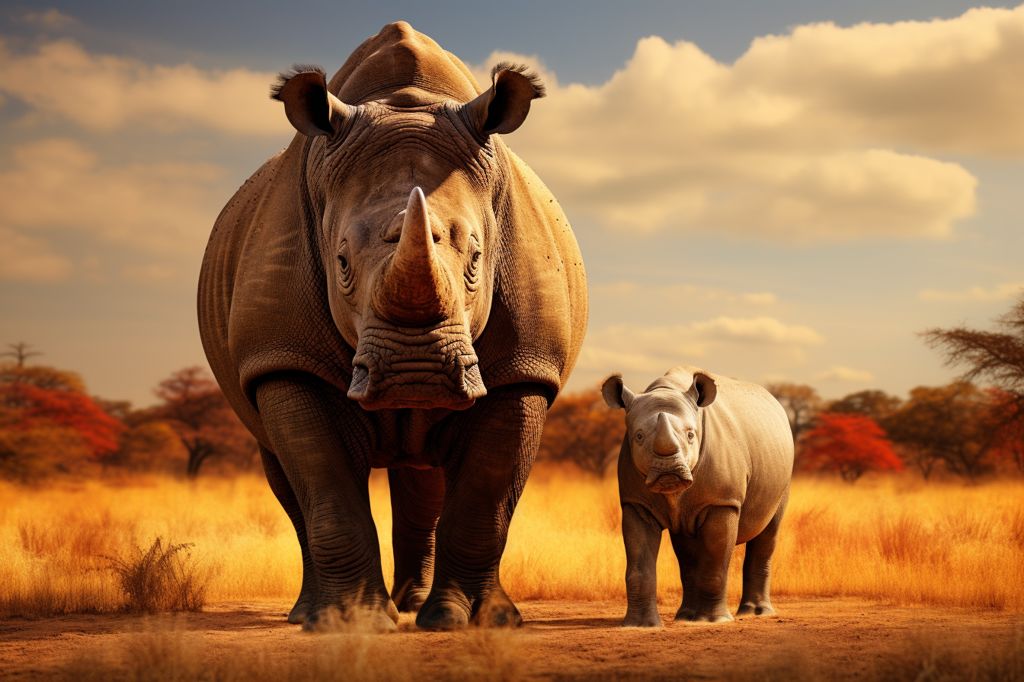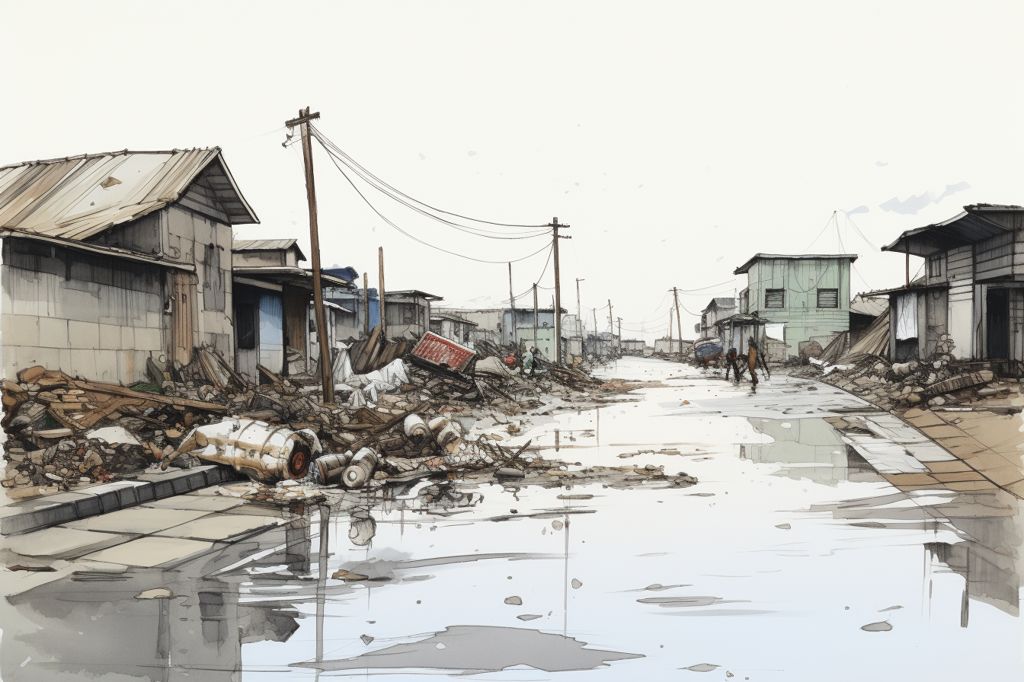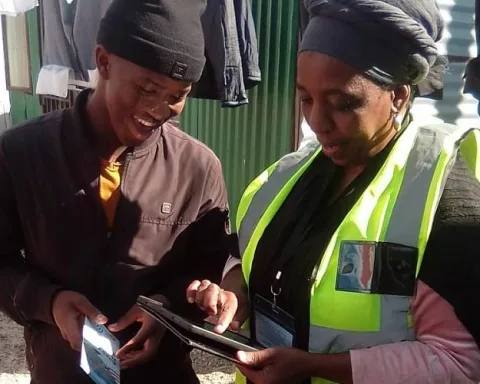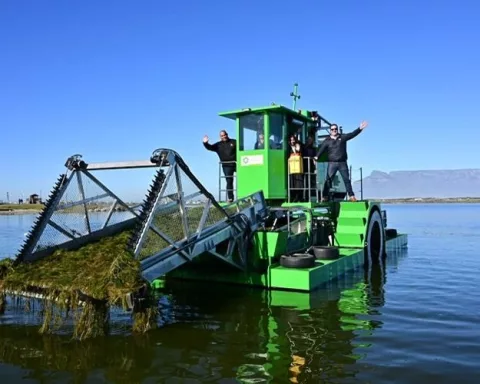A New Policy for Iconic Wildlife Conservation
In a groundbreaking effort to ensure the sustainable preservation of South Africa’s most remarkable wildlife, Ms. Barbara Dallas Creecy, the Minister of Forestry, Fisheries, and the Environment, recently unveiled a draft Policy Position on the Conservation and Sustainable Use of Elephant, Lion, Leopard, and Rhinoceros. This proposed policy aims to strike a balance between safeguarding these awe-inspiring animals and realizing the economic advantages that stem from their utilization and commerce.
The draft Policy Position is the result of a thorough analysis of South Africa’s existing conservation policies, including the White Paper on Conservation and Sustainable Use of South Africa’s Biodiversity, the High-Level Panel (HLP) report, and the Committee of Inquiry (CoI) report on international trade in rhino horn. Additionally, the draft Policy incorporates insights from the Colloquium report on captive lion breeding for hunting.
At its foundation, the draft Policy Position intends to rectify unsustainable methods, foster the conservation and sustainable use of the elephant, lion, leopard, black and white rhinoceros, and provide policy guidance for international commercial trade. The policy sets forth several conservation and sustainable use goals aimed at improving species management. Among these proposed goals are:
-
Terminating the commercial keeping of lions in captivity, closing down captive lion facilities, ceasing the intensive breeding of lions in controlled settings, and putting an end to the commercial exploitation of captive and captive-bred lions.
-
Gradually eliminating the domestication and intensified management of rhinoceros.
-
Strengthening the conservation and sustainable use of leopards.
Balancing Conservation and International Trade
Besides conservation objectives, the draft Policy Position also suggests several international commercial trade-related goals. These encompass:
-
Encouraging the live export of the five species solely to range states or other suitable and acceptable destinations with appropriate habitats on the African continent.
-
South Africa collaborating with range states to back a proposal for international commercial trade in rhinoceros horn derived from protected wild rhinoceros, for conservation purposes, when circumstances are favorable.
-
Contemplating international commercial elephant ivory trade only when conditions are favorable.
The introduction of the draft Policy Position signifies a crucial stride toward a more sustainable future for South Africa’s extraordinary wildlife. However, this policy is not yet finalized. The minister welcomes the public to submit their opinions or concerns about the draft Policy Position within thirty days of its publication.
The draft Policy Position reflects South Africa’s dedication to preserving its varied wildlife while also recognizing the necessity to take the economic consequences of conservation initiatives into account. It can serve as a model for other countries, illustrating how pragmatic conservation policy can be designed to protect wildlife and promote their sustainable use.
A New Era of Sustainable Conservation
By undertaking this bold initiative, Minister Creecy and her department are reimagining how South Africa manages its wildlife. This endeavor has the potential to usher in a new age of sustainable conservation, in which the nation’s rich biodiversity is safeguarded and allowed to flourish in a way that benefits both the environment and the South African people.
The draft Policy Position on the Conservation and Sustainable Use of Elephant, Lion, Leopard, and Rhinoceros represents a pivotal turning point in the management and protection of South Africa’s exceptional wildlife. As the international community contends with the disastrous consequences of climate change and human-induced habitat devastation, the draft Policy Position serves as a ray of hope, demonstrating that equilibrium can be achieved between conservation, sustainable use, and international trade.
In the forthcoming months and years, the global community will closely observe South Africa’s progress as it endeavors to implement this innovative policy. The success of the draft Policy Position will depend on the cooperation of various stakeholders, including the government, conservation organizations, the private sector, and the public. Through open dialogue and a commitment to discovering inventive solutions, South Africa has the capacity to become a trailblazer in sustainable wildlife conservation for future generations.








